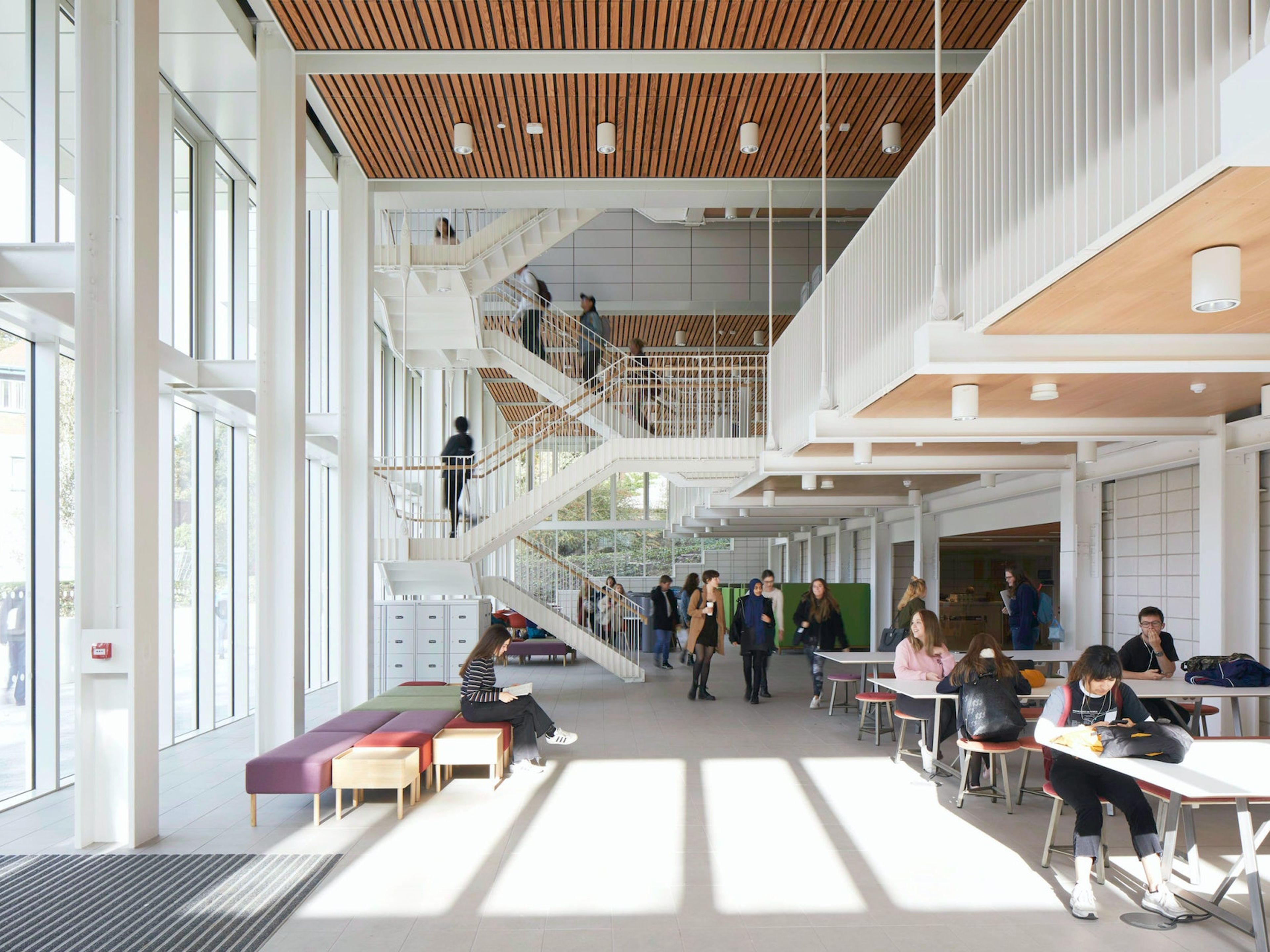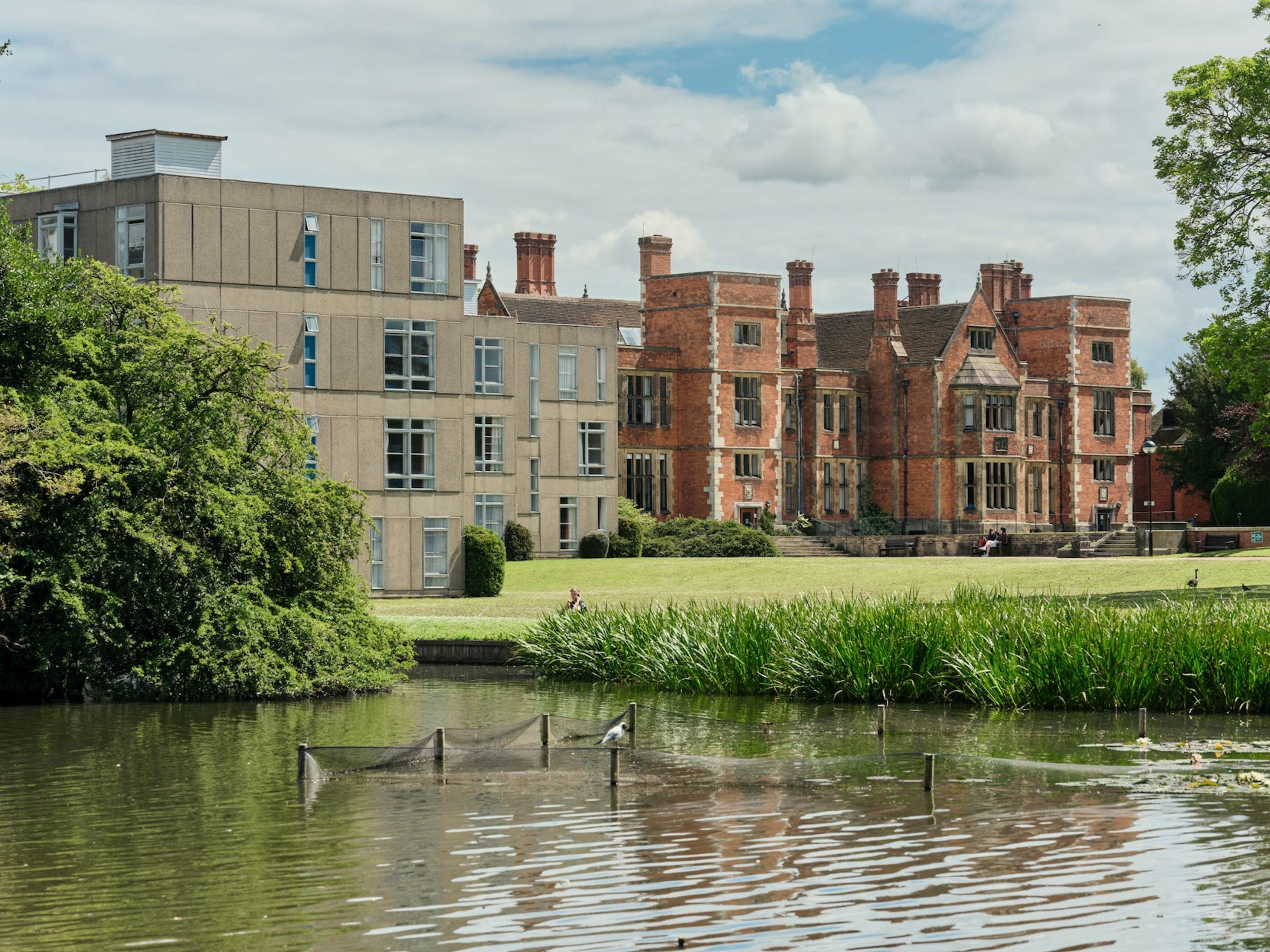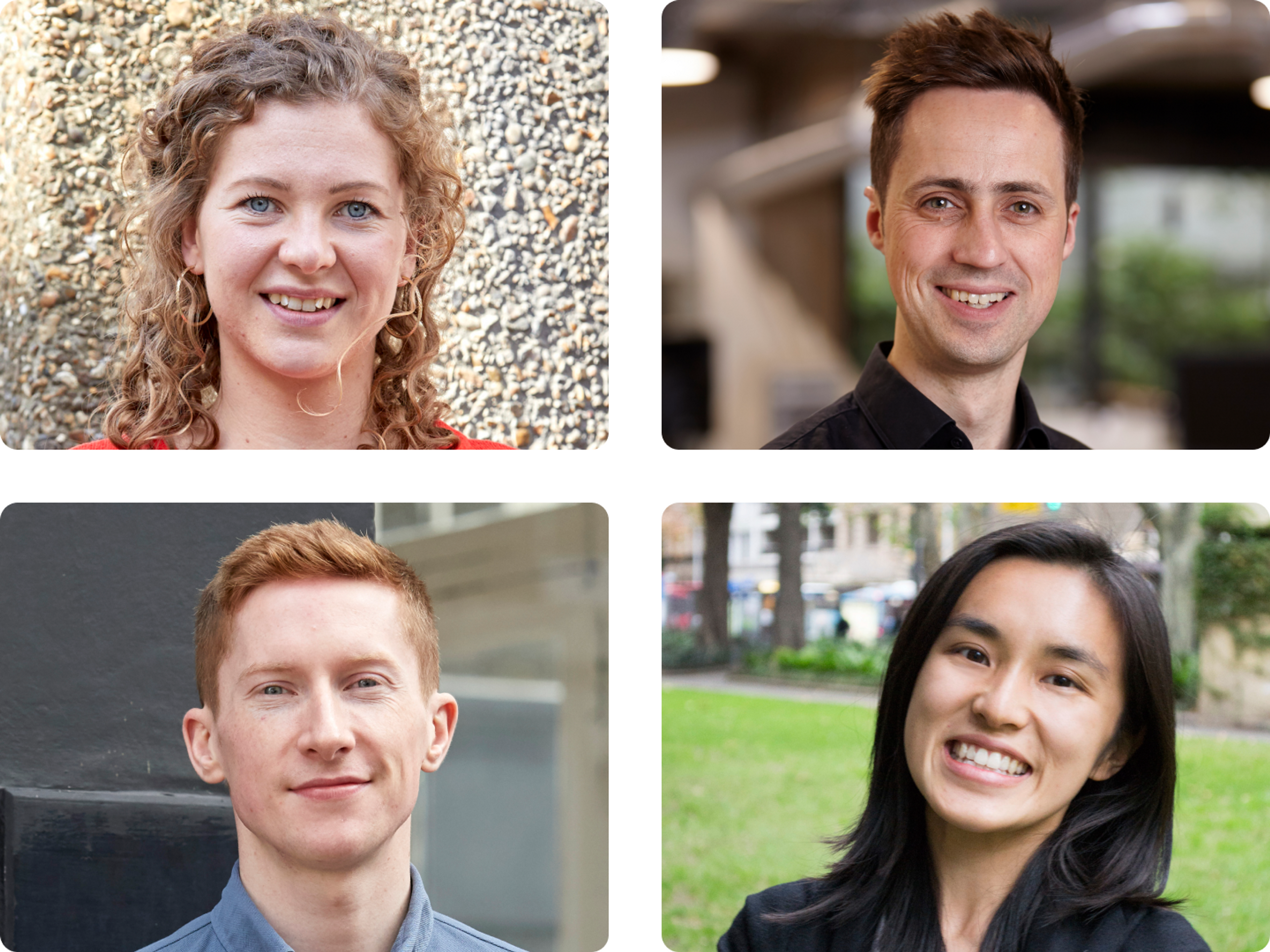Interview with Julian Robinson, London School of Economics
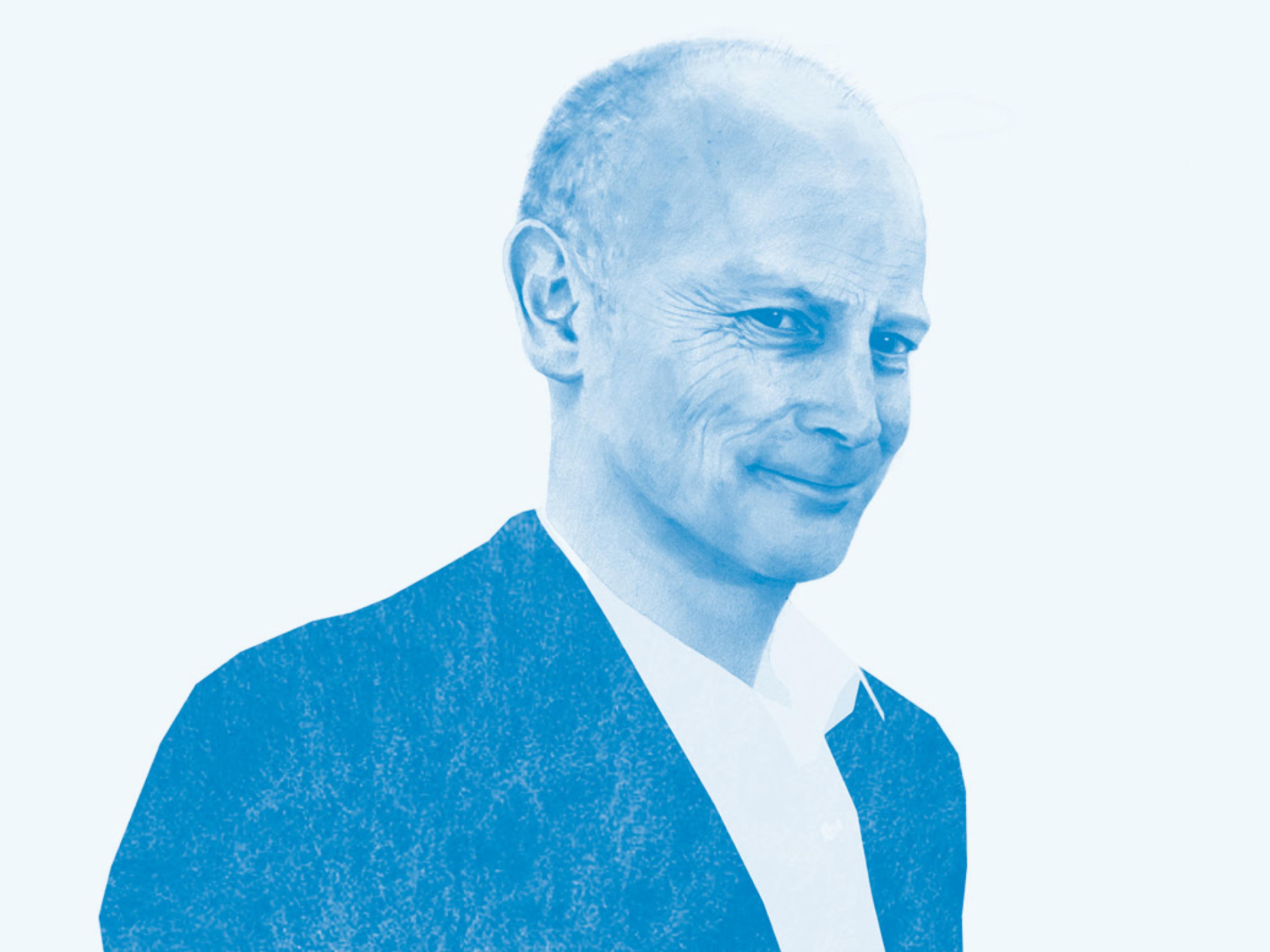
“This could be a game changer for London which forces us all to think of an alternative use for commercial buildings.”
We discuss office stock post-COVID, buildings as brands and designing a university quarter.
The London School of Economics (LSE) is one of the foremost social science universities in the world. The university, located near the Aldwych and Lincoln’s Inn Fields in Central London, was established in 1895.
Alongside his role at LSE, Julian Robinson is the Chair of the Higher Education Design Quality Forum (HEDQF).
Jack Sallabank: We are deep in the midst of COVID-19. What do you think some of the longer-term implications could be for LSE?
Julian Robinson: Currently our teaching is happening remotely, and we are considering what elements of that infrastructure we can retain post-COVID. However, people come to LSE because it is the top social science institution in Europe, we are the most international university in the UK, and we are located in the centre of one of the best cities in the world. All of this combined creates an incredible melting pot of people and ideas, and it offers our students the opportunity to rub shoulders and collaborate with incredible thinkers. The challenge of going online is that it dilutes that experience.
We are considering whether we need all of our office space, as we have seen that as an organisation we can successfully work from home. I can see us moving out of leasehold space and just using our freehold space.
I don’t think we will be the only ones looking at reducing office stock, and this could be a game changer for London which forces us all to think of an alternative use for commercial buildings.
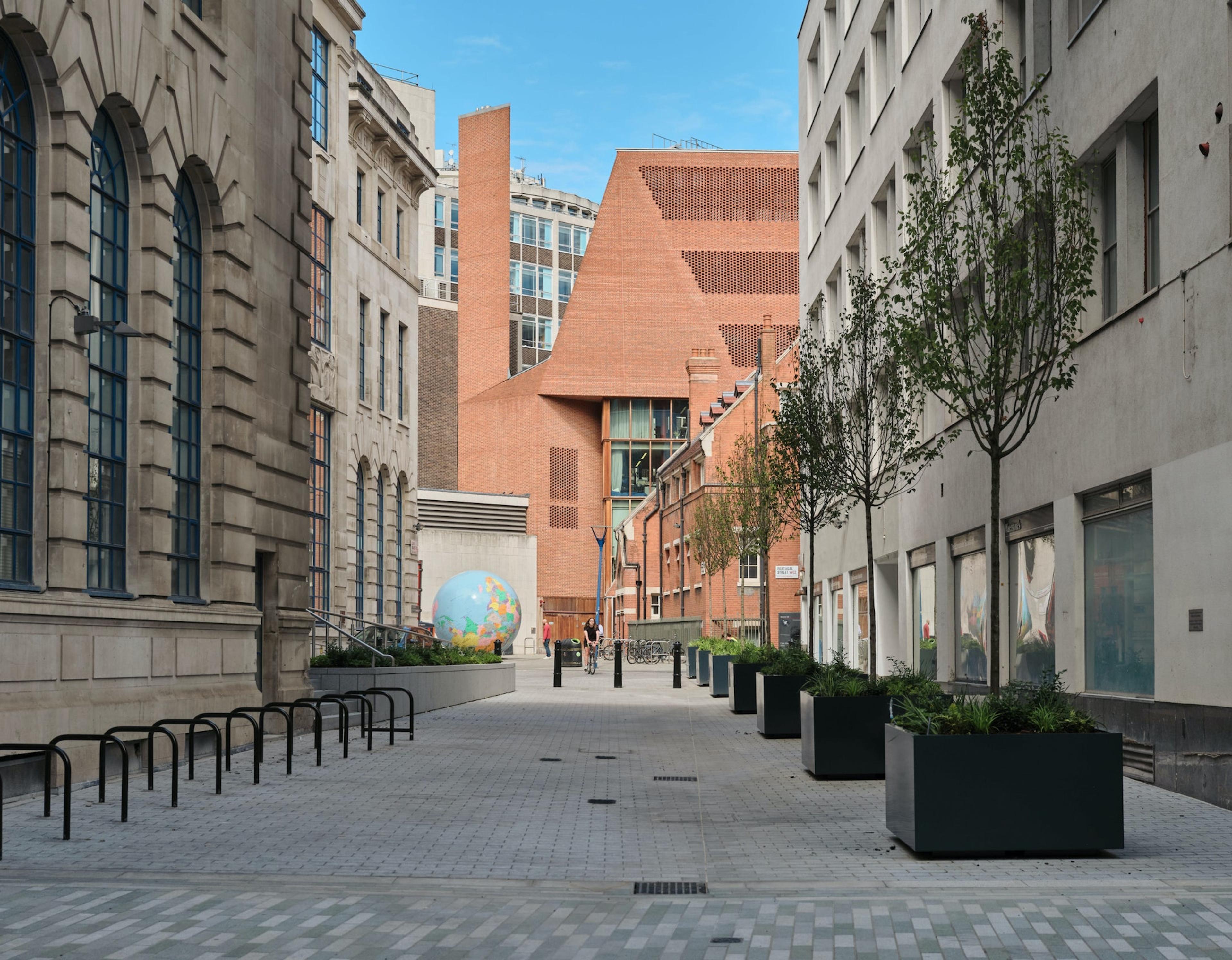
LSE Saw Swee Hock Student Centre. Photograph Polly Tootal.
“We want to feel very much of the city and not have this distinct ‘town and gown’ divide.”
JS: Were you already looking at reducing office stock? Has COVID essentially been the tipping point?
JR: Yes, there was a desire to have a more agile work set-up and to be a more flexible employer. COVID has given an economic stimulus to look at putting some of those plans in place.
JS: You’ve been at LSE for 15 years. Have you seen a lot of change in that time in how the estate operates and the university approaches design?
JR: When I arrived, LSE very much lagged behind our competitors in terms of its estate. I came from Queen Mary University, which had invested heavily in its estate, and I quickly realised that LSE was behind in terms of ambition and level of investment.
One of the challenges that we identified was that most people had heard of LSE, but few knew where we were located. Therefore, a key part of the strategy was to create a university quarter which would give the School more presence and a better connection with the city.
The second part of the strategy is to create a world-class estate and buildings commensurate with our academic reputation.
JS: What are some of the design features of a university quarter in a city?
JR: A key component is the importance of buildings as brands and giving a physical identity to a space or place. An example of that is the Centre Building by Richard Rogers (RSHP). One of the reasons that RSHP won that project was because they proposed a new public square in the heart of the campus, which wasn’t part of the original brief. They looked at the way people flowed through and used the site, and determined the need for a square.

LSE Saw Swee Hock Student Centre. Photograph Polly Tootal.
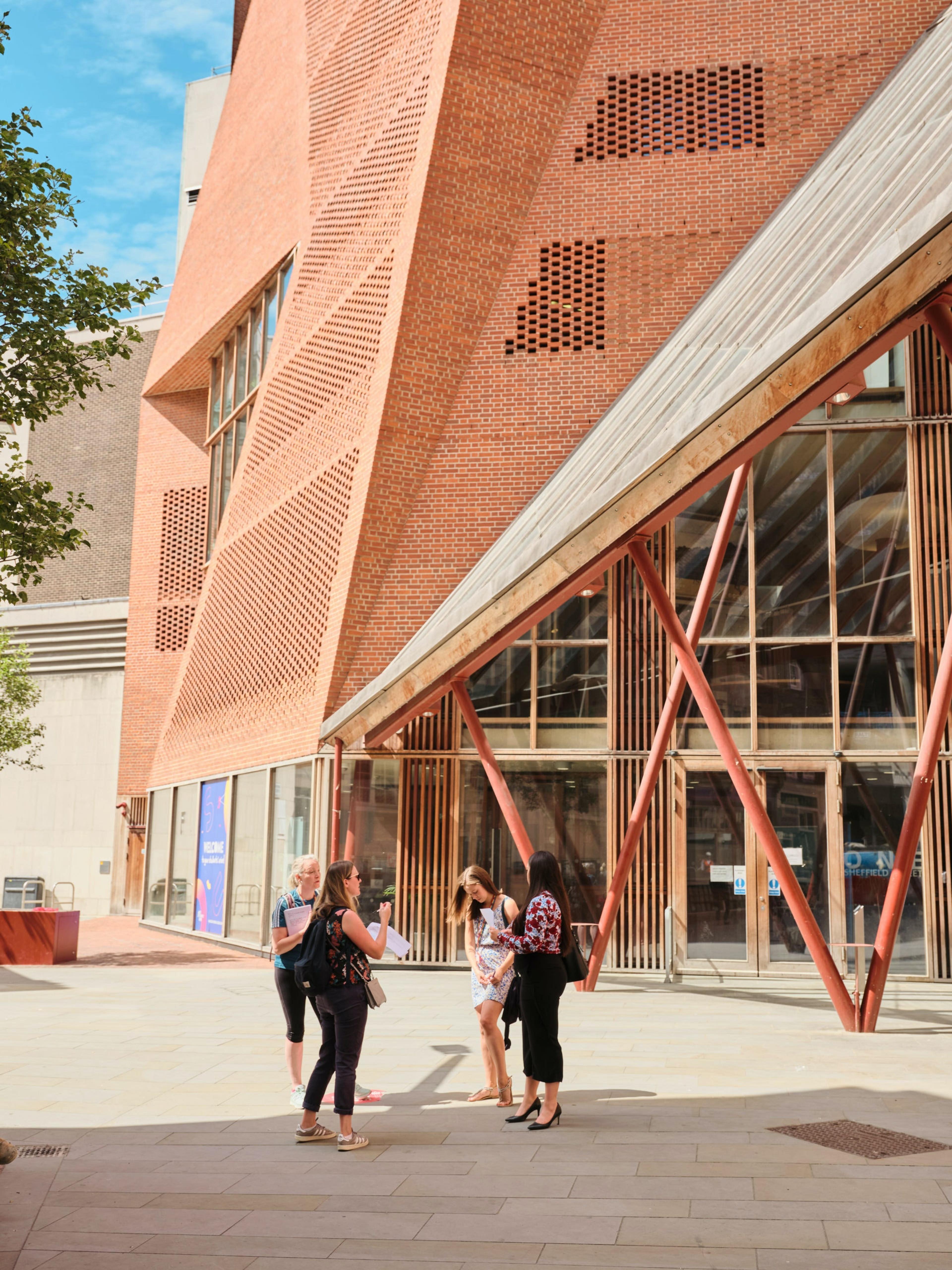
Photography Polly Tootal.
JS: Is creating that permeability and connection with the city important to you?
JR: Very. We want to feel very much of the city and not have this distinct ‘town and gown’ divide.
The public square has created this new plaza, and it is very much part of the public thoroughfare. This is different from a lot of other university campuses, which are often gated or walled off, with people entering into a semi-private realm.
The other thing we add to that is having very permeable ground planes which the public can enter.
JS: The Marshall Building is currently being built on Lincoln’s Inn Fields. What other projects are in the pipeline?
JR: We have one more significant project in the offing, which will be a £100 million-plus scheme on Lincoln’s Inn Fields. We were due to go out to architect competition, but that has been put on hold due to COVID-19. After that project, the focus of the estate strategy will be turning to the existing buildings and bringing those up to a commensurate standard. There is an added ingredient, which is the School’s desire to get to net carbon zero by 2030.
JS: Universities such as Imperial College and UCL have expanded out to new locations like White City and Stratford. Would LSE look at a similar move?
JR: No. We are located in a pivotal position between the City, legal land and the heart of government, and we run the biggest public events programme in Europe. We are a natural stopping-off point for prime ministers and presidents because we are in the heart of London. Therefore, we wouldn’t look at being located anywhere else in London.
We have a 2030 strategy which shows only a small growth of student numbers, so we don’t need additional space outside of the Aldwych area. We are just going to go very high-quality, high-end – that’s our business model.
Authors
Julian Robinson is Director of Estates at the London School of Economics and Political Science and the former chair of the UK’s Higher Education Design Quality Forum.
Publication
This article appeared in Exchange Issue No. 3, a look at how the COVID-19 pandemic has influenced the future of university design, featuring insight from chancellors, architects, students and more.
Read more